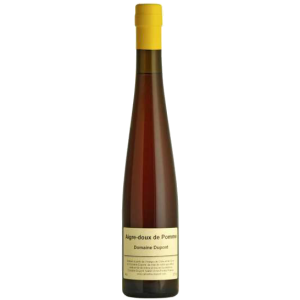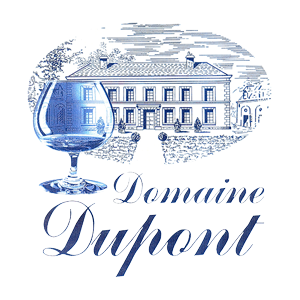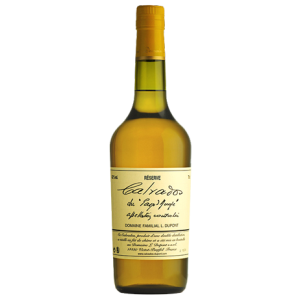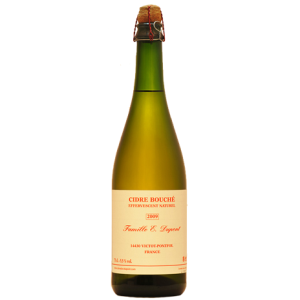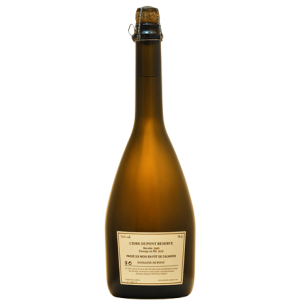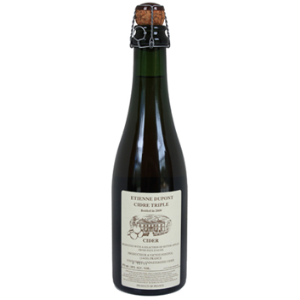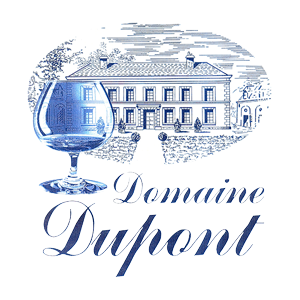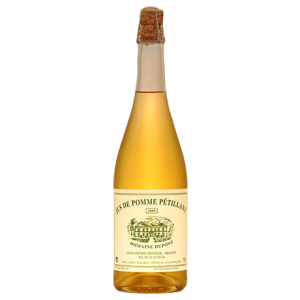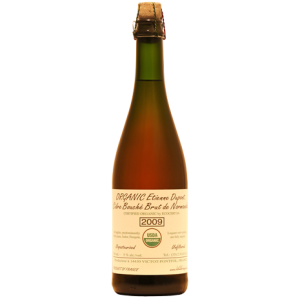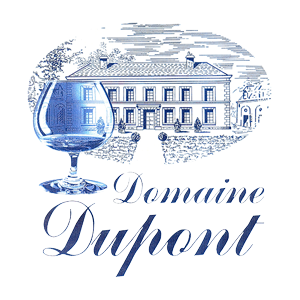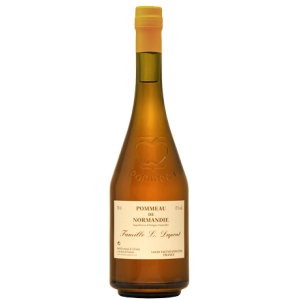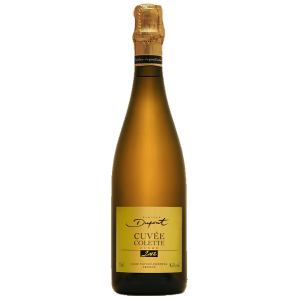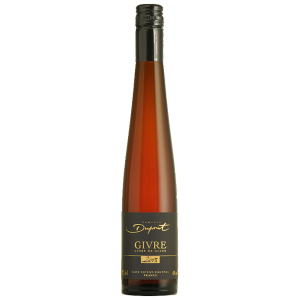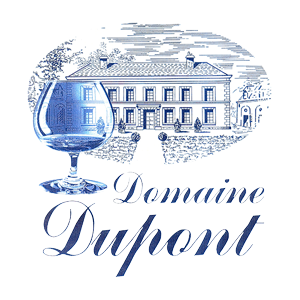5.5 %
Cidre Bouche is created using the traditional method of the Pays d'Auge. Full of fruit and freshness, the taste reveals the aromas of apples and citrus with finesse ("cidre bouche" is a generic term for traditional cider, literally "cider under cork").<br /><br />Terroir: Nutrient poor clay and marl soil, perfect for giving small fruit.<br />Varieties: 80% of bittersweet apples, 20% of acid apples<br />Harvesting: from October to November<br />Alcohol content: 5 % vol.<br /><br />Techniques used:<br />Controlled fermentation in stainless steel vats. Indigenous yeasts. Stabilization of the cider is sought by carrying out successive racking. The fermentation is controlled by successive racking. The cider is bottled unpasteurized between March and April.<br />Density (O.G.): 1060 after pressing, equivalent to 134 g of sugar per litre. 1024 when bottled, which gives 5% alcohol after bottle fermentation has finished.<br /><br />Tasting Notes:<br />Eyes: A string of bubbles forms and keeps on rising in the glass. The colour is a slightly hazy yellow tinged with orange. Slight deposit at the bottom of the bottle.<br />Nose: Powerful and complex Aromas of cooked apple with a suggestion of leather.<br />Mouth: Intense and complex. Long. Hints of cooked apples, Tart Tatin and caramel.<br /><br />Suggestions:<br />Storage: Keep the bottles upright in a cool cellar (8 to 12C, 46 to 54F ). If well cellared, it can be kept for 5 years after bottling, Because the cider is on its lees, the mouth will improve and become more complex.<br />As an aperitif, or to accompany white meats (chicken or pork), fish or cheeses such as Camembert, Livarot or Pont l'Eveque With apple based desserts or, more traditionally with sweet or savoury pancakes (crepes)...<br /><br />Press comments:<br />Eric Asimov - New York Times : "First among my favourites is the Dupont Cidre Bouche..."
There are no reviews for this item.



